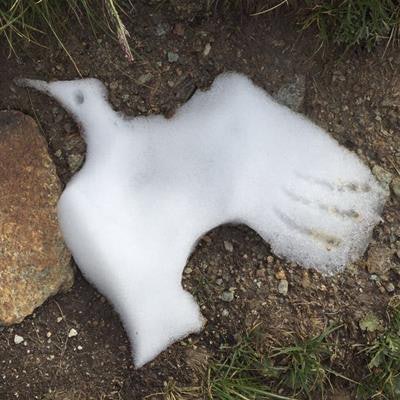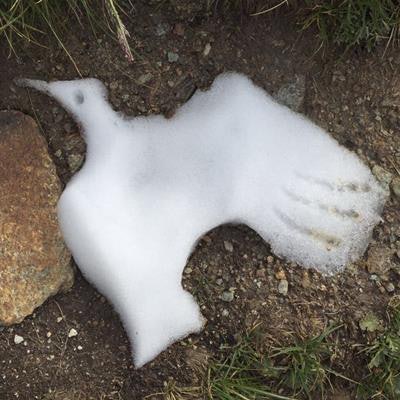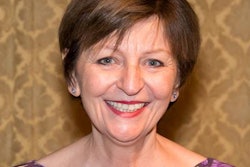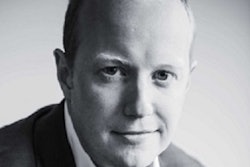
Members of the French radiology professional council (G4) speaking on Friday at the French national radiology congress (JFR) announced a new organizational strategy that they hope will galvanize teleradiology across state hospitals. Public radiologists from Normandy revealed how they envisage the model will be taken up by other hospital groups in a bid to save time and money.
Across 12 hospitals in the Normandy region, teleradiology cost hospitals using commercial companies a reported 6 million euros in 2018. Speaking to AuntMinnieEurope.com ahead of the congress, Dr. Jacques Albisetti, head of imaging at Fécamp hospital in Normandy, revealed that using an external teleradiology company was five times more expensive than having the same work carried out by a salaried public radiologist, and twice as expensive as hiring a replacement radiologist.
 Public networks will encourage new recruits to hospital imaging, according to Dr. Jacques Albisetti.
Public networks will encourage new recruits to hospital imaging, according to Dr. Jacques Albisetti.He also pointed to increasingly fewer radiology students opting to work in the public sector due to high workloads for proportionally lower remuneration: At present, 45% of public radiology posts are vacant in France due at least in part to a discrepancy in pay whereby private radiologists can earn three to five times more than those in hospitals, according to Albisetti.
He noted the disadvantages of using private teleradiology companies, including the drawn-out processes surrounding tenders and establishing contracts that lock hospitals into their services for long periods. Furthermore, such external companies often require costly technical upgrades within hospitals to facilitate systematic exchanges. Albisetti pointed to payments typically in the region of 25,000 euros to teleradiology companies before image exchange could begin and other higher costs related to the maintenance of external servers.
Conversely, a French public hospital is not required legally to invite tenders if making an agreement with another public hospital, and establishing a contract between the two parties is a far simpler process. In addition to this system being suppler, cheaper, and administratively less arduous, hospitals can use their existing networks and stock their own images.
The strategy will also hinge on redetermining the workload for public radiologists through the use of public teleradiology, and allowing younger doctors the chance for better pay through remunerating their supplementary hours spent in teleradiology per act, at the same rate as external companies.
"We need to find an attractive model to make it easier and less expensive for public hospitals to engage in teleradiology and to encourage trainees to join the public sector, which at present pays less for a higher throughput than the private sector," he said.
 After the winter of public radiology comes new hope. Images courtesy of Dr. Jacques Albisetti.
After the winter of public radiology comes new hope. Images courtesy of Dr. Jacques Albisetti.While neighboring hospitals around Le Havre use this model, the next step is to get regional agreement to pilot it across the Normandy region by the end of the year, with a view to rolling it out nationally over 2020 and 2021.
The Normandy branch of the French Hospital Union (Fédération Hospitalière de France) finalized the teleradiology charter in July, and following the JFR will present it to Normandy's regional health agency (Agence Régional de Santé, ARS) in November. If the charter is accepted, any public hospital will be able to establish a teleradiology alliance with others in the region. The model conforms to public hospital rules, requires no external financing, and should prove less costly to hospital directors, Albisetti noted.
The measures were first broached to junior radiologists at a meeting of the Society for Hospital Radiologists (SRH) in May 2018 at the University Hospital of Caen. The idea of public teleradiology networks for hospital groups met with unanimous support, and over 50% of those present declared that should such a model exist, they would apply for public radiology posts.
"It is hoped that the JFR will create a national echo for the scheme and that other regions will consider the same model. The Nord-Pas-de-Calais, and Provence-Alpes-Côte d'Azur (PACA) regions have already expressed a serious interest in creating a similar networking system," Albisetti said. "And we also hope this innovative model will prove a great incentive for radiologists to invest their careers in public imaging."



















